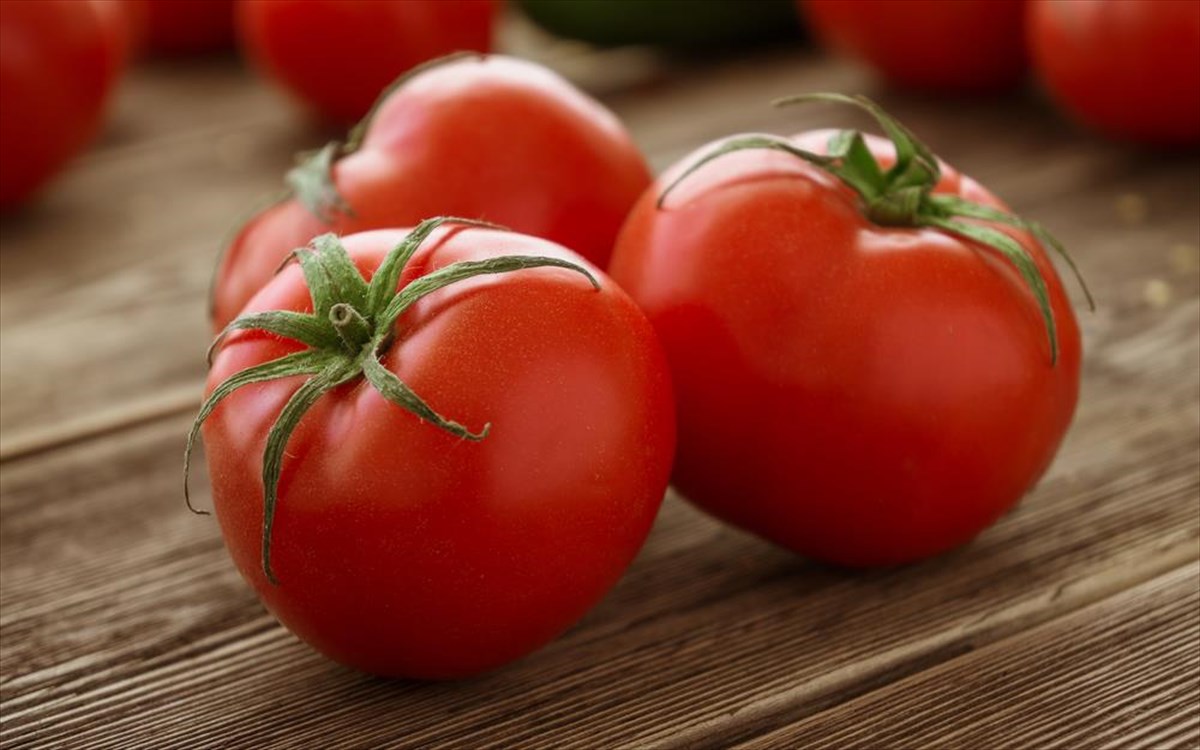 Very rarely will you come across matchboxes that display tomatoes!
Very rarely will you come across matchboxes that display tomatoes!
There are mostly 1960s-1970s promotional matchboxes featuring Hunt’s ketchup sauces.
There is also a Greek matchbox that displays tomatoes on its front surface. This matchbox was one of the ten series of matchboxes entitled “Exportable Greek Products” and was released by the Export Promotion Organization (OPE) and belonged to the Greek Monopoly.
They were released in two series, the first in December 1977 and the second in March 1978, but without any difference in their front surface. In fact, they were released in a very small circulation, 150,000 pieces in total for both series, and in fact were sold not i n Greece, but only to visitors of international exhibitions abroad. It should be noted that other series of the Greek monopoly, such as the “Heroes of ’21” were released in a circulation of 230,000,000 pieces. So we understand how rare the series is.
n Greece, but only to visitors of international exhibitions abroad. It should be noted that other series of the Greek monopoly, such as the “Heroes of ’21” were released in a circulation of 230,000,000 pieces. So we understand how rare the series is.
But let us return to the tomato as a vegetable. This plant from a botanical point of view is a fruit, but it is a vegetable based on a decision of the Supreme Court of the USA in 1893! And this was done to set its tax rate.
Its history begins with the Aztecs and the Incas. The Spaniards, who is known to have civilized Central and South America with fire and iron, called it “tomata” and introduced it to Europe in the mid-16th century. In Greece, the tomato came from Othon’s cooks, at about the same time as the potato, but at first it was treated with fear and suspicion, in fact they did not touch it, as the fruits of the tomato were considered poisonous!
Anyway, in the grocery stores of Athens it began to be timidly sold from 1840 at a hefty price. Little by little, the Greeks realized that the tomato is good, eaten raw or cooked in sauces, they loved it very much and it started to spread. Today, the “Greek Salad”, which has tomato as its main ingredient, is one of the most famous elements of Greek cuisine worldwide. The Greek now consumes the largest amount of tomatoes than any other European.
 It is a fact, however, that the tomato has lost its taste today. It may be the hybrids, the hormones, the fertilizers, or even the mass cultivation and production. Most likely, if someone stopped eating tomatoes in the 80’s and were given a taste of a tomato today, with their eyes closed, they would not recognize what it tastes like!
It is a fact, however, that the tomato has lost its taste today. It may be the hybrids, the hormones, the fertilizers, or even the mass cultivation and production. Most likely, if someone stopped eating tomatoes in the 80’s and were given a taste of a tomato today, with their eyes closed, they would not recognize what it tastes like!
Today, due to the agricultural policy of the European Union, Greece has “managed” to import more tomatoes than it exports, although it has more advantages compared to countries such as the Netherlands, Belgium, Germany, from where it makes the largest imports. That is, Greece imports tomatoes from countries with expensive daily wage and exports to countries with cheap labor such as those of the former Eastern Europe.
Of course, a remarkable thing -which partly explains this fact- is that in Greece we produce an average of 7 kg of tomatoes per square meter, while in the Netherlands they produce 70 kg of tomatoes per square meter! But we should not imitate them because it is certain that

